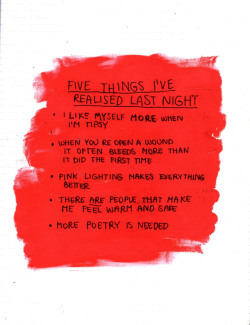datingcptsd: Try to remember that your partner might need more explanation for your thought process than you think is necessary, especially if it’s a “negative” thought. “I disagree with you” –> “I disagree with you, but I’m not angry

datingcptsd: Try to remember that your partner might need more explanation for your thought process than you think is necessary, especially if it’s a “negative” thought. “I disagree with you” –> “I disagree with you, but I’m not angry

datingcptsd: Try to remember that your partner might need more explanation for your thought process than you think is necessary, especially if it’s a “negative” thought. “I disagree with you” –> “I disagree with you, but I’m not angry

datingcptsd: Try to remember that your partner might need more explanation for your thought process than you think is necessary, especially if it’s a “negative” thought. “I disagree with you” –> “I disagree with you, but I’m not angry

datingcptsd: Try to remember that your partner might need more explanation for your thought process than you think is necessary, especially if it’s a “negative” thought. “I disagree with you” –> “I disagree with you, but I’m not angry

datingcptsd: Try to remember that your partner might need more explanation for your thought process than you think is necessary, especially if it’s a “negative” thought. “I disagree with you” –> “I disagree with you, but I’m not angry

datingcptsd: Try to remember that your partner might need more explanation for your thought process than you think is necessary, especially if it’s a “negative” thought. “I disagree with you” –> “I disagree with you, but I’m not angry

datingcptsd: Try to remember that your partner might need more explanation for your thought process than you think is necessary, especially if it’s a “negative” thought. “I disagree with you” –> “I disagree with you, but I’m not angry

datingcptsd: Try to remember that your partner might need more explanation for your thought process than you think is necessary, especially if it’s a “negative” thought. “I disagree with you” –> “I disagree with you, but I’m not angry

datingcptsd: Try to remember that your partner might need more explanation for your thought process than you think is necessary, especially if it’s a “negative” thought. “I disagree with you” –> “I disagree with you, but I’m not angry
![]()







